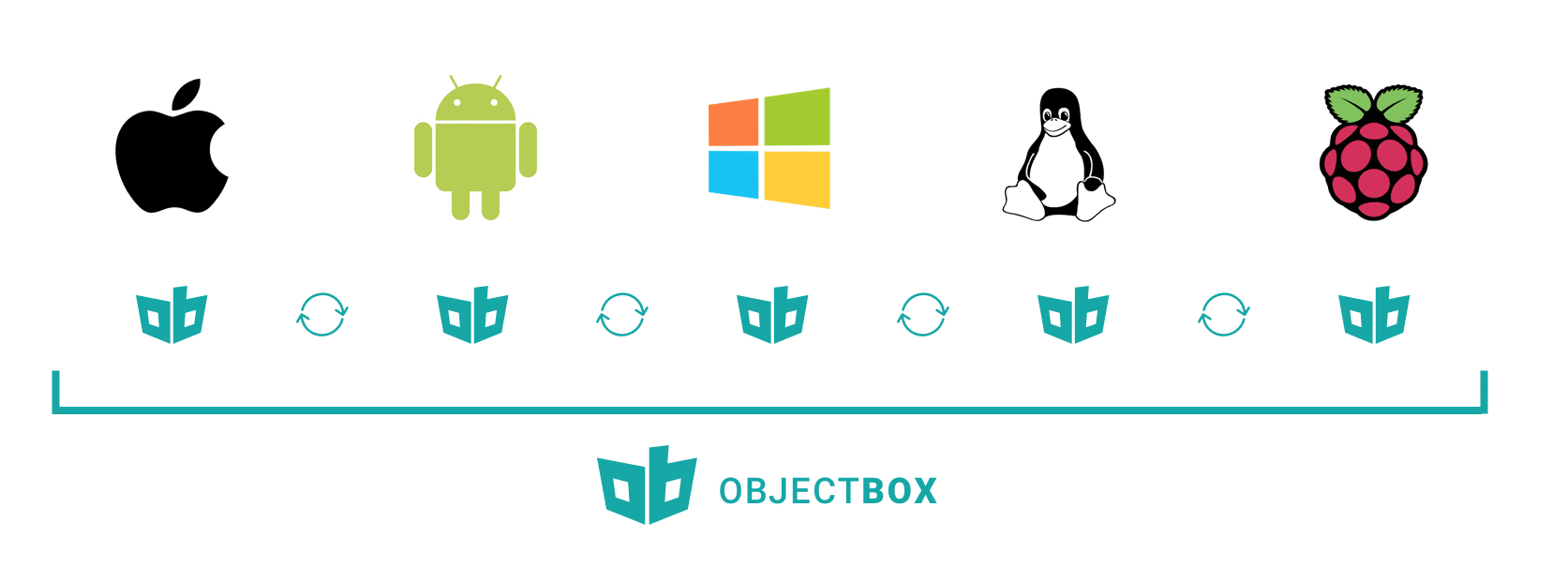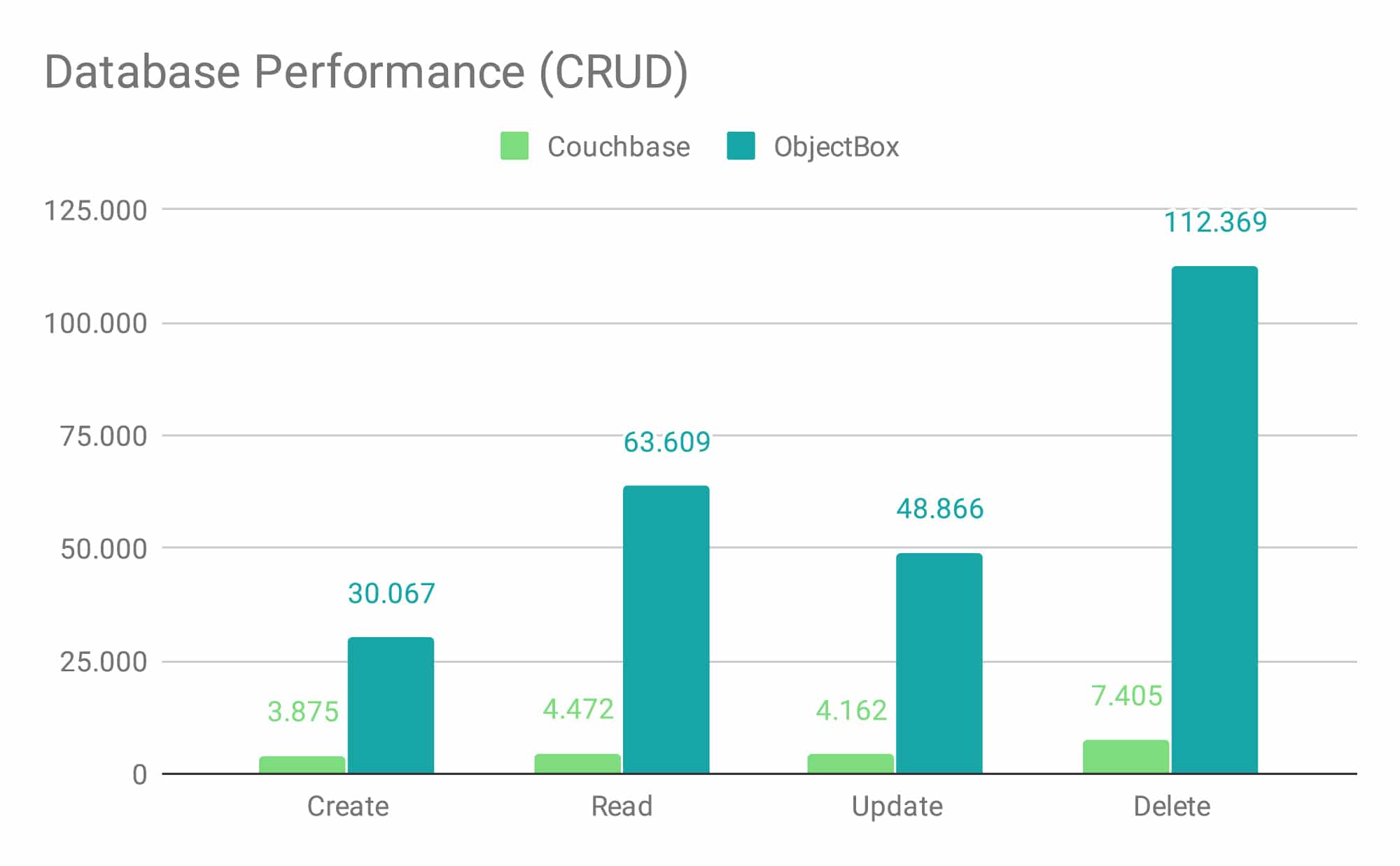
MoodSpace Mobile App Use Case

Ian Alexander
Co-founder, MoodSpace
We speak with Ian Alexander, founder and lead developer at MoodSpace, a beautiful app making mental health exercises accessible to everyone. MoodSpace was released in 2019, and has over 150k+ downloads. The COVID-crises highlights the importance of digital support for wellbeing and saw MoodSpace surge. After trying several databases, Ian settled on ObjectBox because of its high performance and ease of use.
Alyssa: Hi Ian, thank you so much for joining me and for using ObjectBox. Let’s start with the basics about MoodSpace and your role there.
Ian: Hi, Alyssa, thanks for having me. I’m the software developer, founder, and runner of the company – a jack of all trades. MoodSpace is an app that teaches concepts from mental health. There is a massive problem with accessibility to mental health. In the UK, for example, you have something like 1 in 4 people that have some sort of mental health problem, but only 1 in 113 go through therapy and complete it. So our essential goal is to take concepts from therapy and bring them closer to people, teaching them techniques that they can do on an ongoing basis. There’s no end date like in therapy, no waiting list, and it’s a lot easier to use it in places where you wouldn’t necessarily have access to a therapist. In the western world it is much easier to access therapy, still difficult in some ways, but much of the world doesn’t have that benefit. So that’s the goal we’re trying to reach. We started last year, we released the MoodSpace MVP in September, and now we’re going through the next stage of trying to raise our next round of funding – it’s quite exciting.
A: That’s great, congratulations! Can you tell me a bit more about your team?
I: We’re based in the UK, and in terms of the technical side, it’s just me. We also have various other roles: designer, copywriter, and another co-founder who handles much of the business side. But in terms of technical, it is just me for now. Hopefully after we get funding, we’ll be able to expand the technical team..
A: What’s your background, what did you do before MoodSpace?
I: Actually, I was originally a chemical engineer – I worked in oil & gas for a couple of years, but then I taught myself to develop and for the last 5-6 years, I’ve worked across a lot of startups, for example the dating app Once, when they were just starting up, also ITV, and then started on MoodSpace last year. Moodspace has actually existed for quite some time, it started as a hobby project of mine about 5 years ago.

A: There are other mental health apps out there, what makes MoodSpace special?
I: If you look at apps in the space, they’re generally fairly small and limited – they’ll have maybe 4 or 5 exercises. Versus the realm of therapy, which has literally thousands of exercises. Any app that exists at the moment takes just a fraction of a percent of therapy and tries to teach it. Our USP is that we are a very technically minded team, and with new technologies which have come out along with our internal processes, we can make a much bigger app, building something far bigger than what currently exists, much cheaper and far faster. Our USP is strangely, less about the app, and more about our process and the technology that we use to make the app. The tech we will be using is Kotlin Multiplatform, which is a cross platform framework which lets us maintain a single codebase which enables us to build fully native apps with full access to native APIs.
A: It sounds like the app is quite comprehensive – who is your target audience?
I: At the moment, we haven’t hit the product-market-fit stage. We’re still figuring out who the typical user is. We find that the unique art style of our app has helped our growth so far, we often find a lot of people sharing screenshots of the app on social media. So we seem to have hit a niche, but we’re still figuring out what that niche is!
A: Do you have any direct interaction with your users?
I: Mid-last year, I put a survey in the app, so after using it for a certain time users get the survey. There are some questions like who you are, why you are using it, and they gave us way more knowledge about who is using it and what they use it for, which was very helpful. Apart from that though, it is very difficult to know.
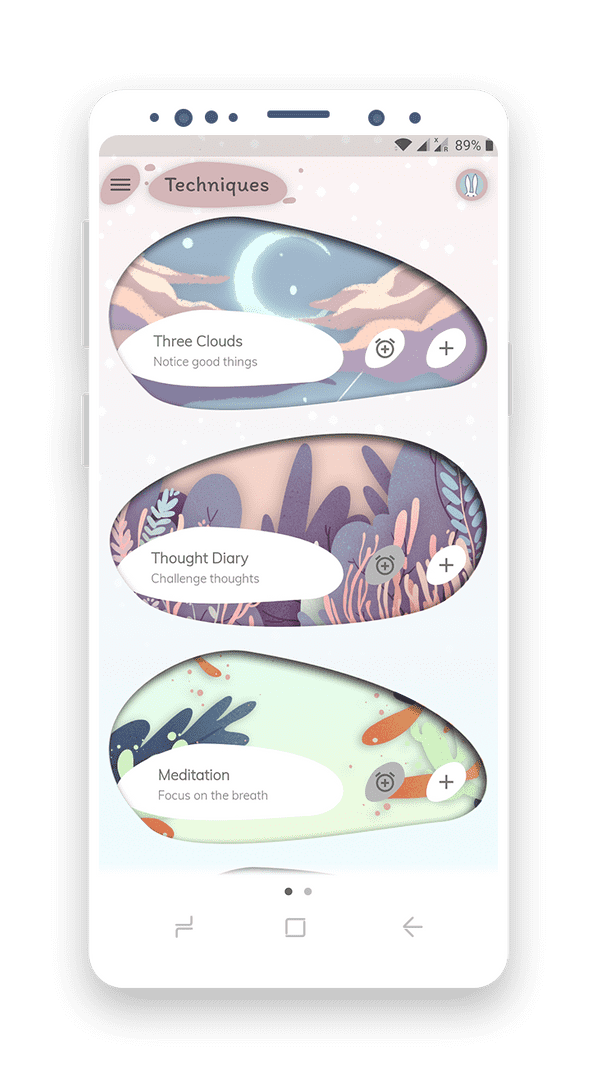
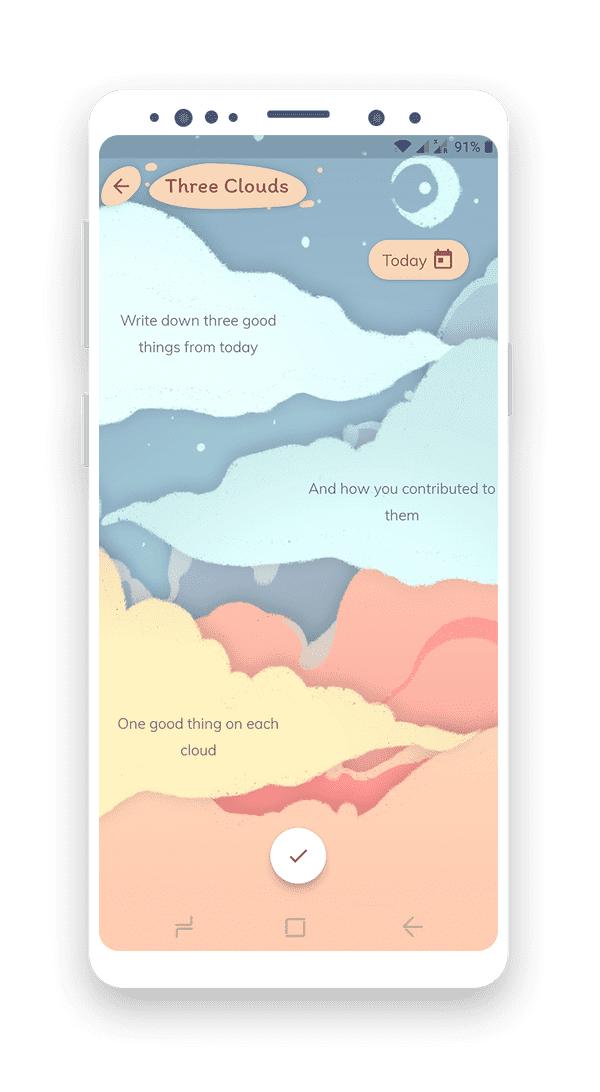
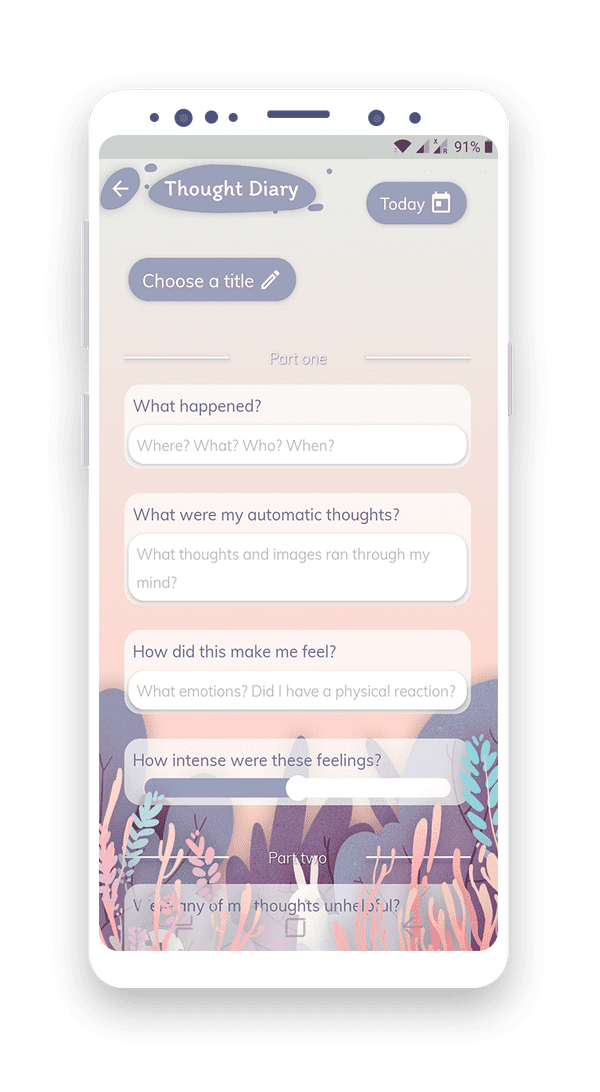
A: Yes, it can be very challenging, we’re familiar with that struggle at ObjectBox as well. Switching gears a bit – I’d love to hear a bit more about how and why you ObjectBox.
I: As I mentioned, MoodSpace is about 5 years old, so it’s gone through several databases. One of them was really time consuming to make – it wasn’t ORM based, so you had to write a lot of stuff yourself. Then the next was an ORM called Sugar, but it stopped being developed – it was a side project by someone, so maybe I shouldn’t have used it in the first place (laughs).
I: So then we switched to ObjectBox, and actually the reason we switched was essentially to skip asynchronous code – I’ve always been a frontend developer and what I’ve come across is that asynchronous code makes things very complex, and it means app development takes much longer. Because we had a lot of time constraints and we wanted to develop as much as quickly as possible, I actually wanted to completely skip asynchronous code – which I wouldn’t recommend – but essentially ObjectBox let us do that because it’s very fast. You’d have to have a ton of data in the app, before it would visibly slow it down – and I did a lot of testing around that and it would have needed several years of data before noticeably slowing down the app. So, that was our original reason, perhaps a bit of a strange reason. And we’ve since changed the app so it’s asynchronous, so it won’t slow down any longer, no matter how much data you add in the app. Overall, I like ObjectBox a lot – it’s just simple, very easy to use.
A: What features in your app use the database?
I: Actually everything is in the app, as we don’t have a backend. So we need it to store all the data in the app.
A: Okay, sure. Keeping everything in the app is also practical from a data privacy standpoint. How did you actually find ObjectBox?
I: It was someone I used to work with at Once – they used greenDAO and mentioned that ObjectBox (by the same people) was coming out. I looked into it a little bit and wanted to use it for a while, but it wasn’t I started developing MoodSpace again that I had a chance to.
ObjectBox is very fast, it would have needed several years of data before noticeably slowing down the app. Overall, I like ObjectBox a lot – it’s just simple, very easy to use.

A: Are there any other developer tools that you’re excited about and would want to share with the community?
I: Yes, Kotlin Multiplatform. Having been an Android developer, having used Kotlin for quite some time and having tried cross-platform tools before, I think Kotlin Multiplatform will change the way you make cross platform apps, because it lets you share so much of the code base without sacrificing the native experience. It has the potential of leading to massive cost savings in app development. Maybe in the next year or two I can see it having a huge impact on frontend development across mobile, web, and desktop.
A: What are your big picture goals for MoodSpace? Upcoming milestones? Does ObjectBox help with those at all?
I: Actually, it potentially will, with regards to ObjectBox Sync, which is part of my plan for that app. The app right now is only available on Android, and providing we get our next round of funding, we are going to be adding iOS – where we’ll need some sort of backend. We want to avoid, again, spending much money, and one of ObjectBox Sync, Realm Cloud or Firestore can help us do that – obviously as ObjectBox Sync is nearly ready, we’d want to use that. The main point around that is cost saving because it solves a lot of problems that otherwise we would have to solve ourselves – things like offline access and syncing with an API, that would otherwise be very time intensive.
A: Ian, thank you for your time and sharing more about MoodSpace and working with ObjectBox. We wish you the best of luck with your fundraising round!




